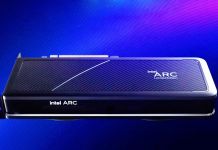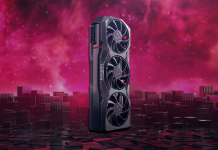NVIDIA got a real nice slap by ATI when it together with Stanford University launched the first GPU client for Folding@Home. The client only supported ATI’s latest graphics circuits and NVIDIA was left out of the project. This despite the fact the code was originally developed for NVIDIA’s circuits. The problem was that ATI delivered a lot better performance here and Stanford therefore chose to cooperate with the red graphics circuit manufacturer instead. Now AMD/ATI’s position could be threatened as NVIDIA has launched its G80 architecture and GeForce 8800 series. These graphics circuits are namely a lot better at folding and other GPU computing projects, as NVIDIA calls them.
Stanford has proven open to suggestions when it comes to NVIDIA’s new architecture and Folding@Home, but this is just the start of things according to NVIDIA, which claims that you will see many more projects where the G80 architecture is used for scientific research with a demand for a lot of processing power.
“Nvidia’s Product PR manager for Northern Europe, Adam Foat, told Custom PC that ‘We have kept many research groups, including Stanford [the university that runs the Folding@home project], briefed on the [G80] technology as we completed the software and hardware. Throughout next year, you’ll see quite a bit of work from many academic researchers.”
We’re looking forward to more GPGPU projects for both ATI’s and NVIDIA’s graphics circuits, we also hope that there will be applications where we can compare the GPGPU performance, for obvious reasons.


















